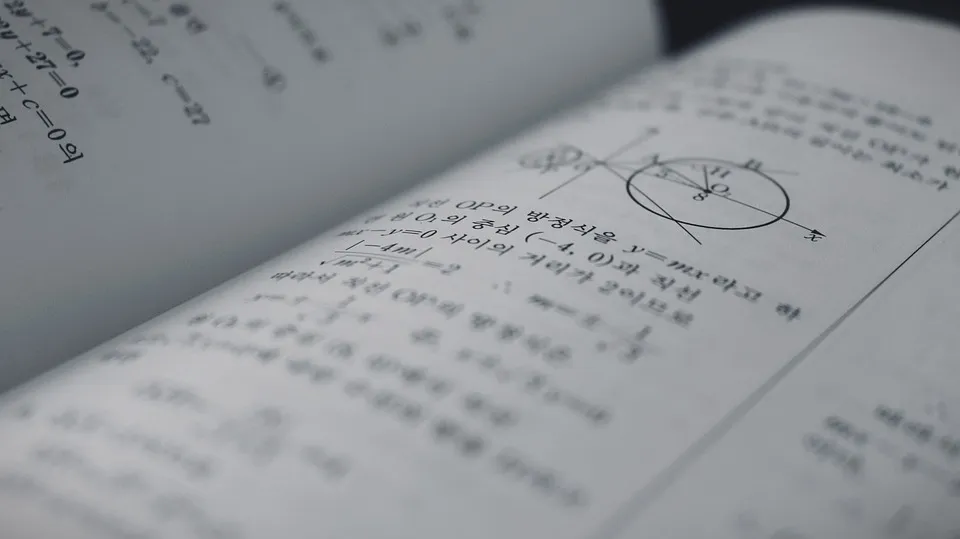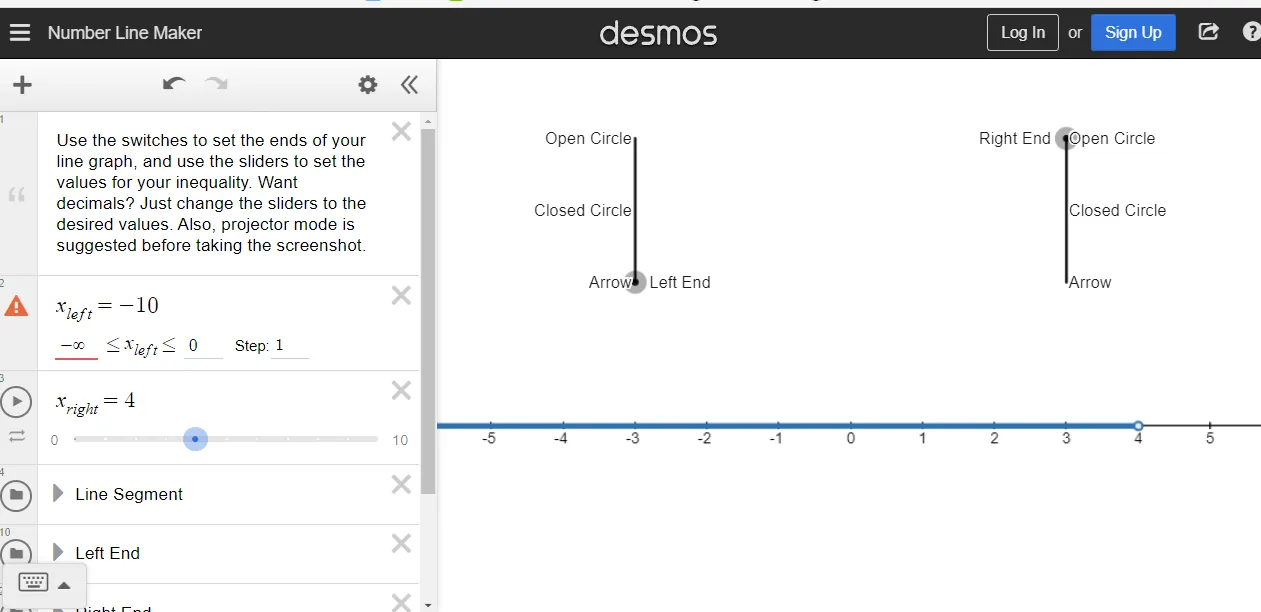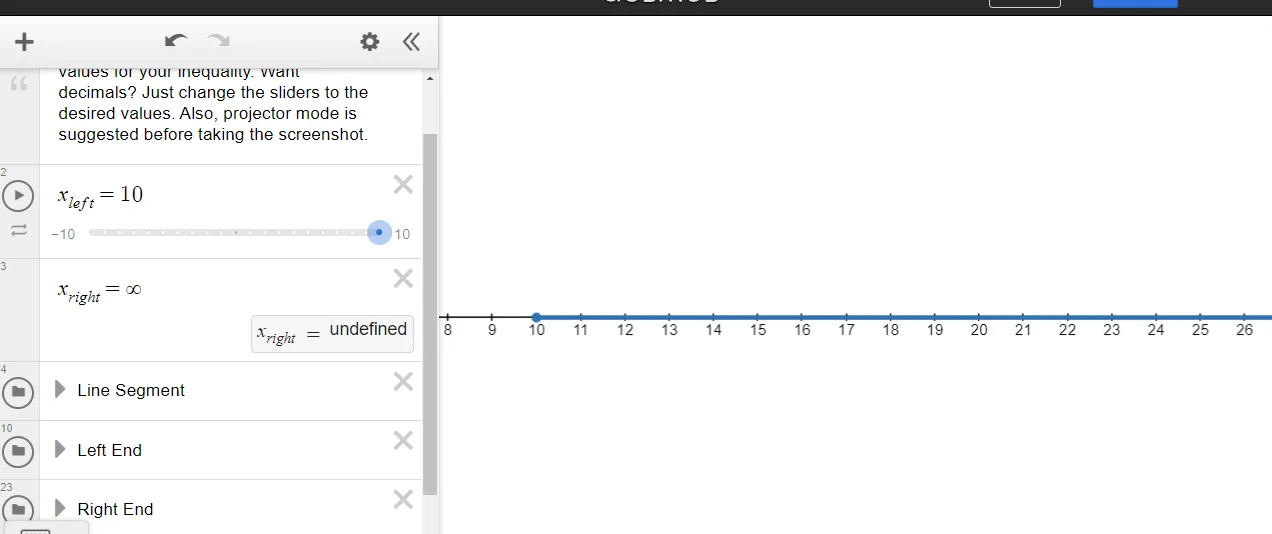Hi everyone. In this educational math post I cover the topic of linear inequalities. This topic does build upon solving linear equations. Linear inequalities can be taught as early as grade nine but it is usually taught in grade twelve advanced functions at least in my area.

Review Of Solving Linear Equations
Before getting into solving linear equations I want to review solving linear equations.
Example One
Solve for x in x + 2 = 5.
Think of this question as something plus two equals five. The value of x is 3.
Example Two
What is x in 3x = 9?
Three times something is nine. For this question, the answer is 3.
Example Three
Determine the value of x in 2x - 1 = 5?
Think of this one in steps. Something minus one equals five. This 2x quantity is equal to 6. Two times something equals three. The answer for x is 3.

Solving Linear Inequalities
Instead of equal to you can use inequality signs such as less than (<) or greater than (>). There is also less than or equal to (≤) and greater than or equal to (≥). Remember that you read from left to right.
The inequality x > 7 reads as x is a number greater than seven.
The inequality x < -2 reads as x is a number less than negative two. Another way to think of this is that x is more negative than -2.
For x ≥ 5, it is x greater than 5 or x is equal to 5.
With x ≤ -1, it is x less than -1 or x is equal to -1.
For the images I use this desmos website & screenshot.
Example One
Solve for x in x - 1 < 3.
Solving for x here is not much different than the case with the equal sign. Isolate for x by add one to both sides. This gives the answer of x < 4.
In the screenshot the blue line shades everything on the left of positive 4. As x is less than 4 there is an open circle at 4 to indicate that x cannot equal to four. I have to set the right end to an open circle.

Example Two
In x ÷ 2 ≥ 5 solve for x.
Multiply both sides by two to undo the division on the left side. The answer ends up being x ≥ 10.
In the screenshot image below the solution for x includes the number ten as indicated by the filled dot as well as everything above ten on the number line.

Example Three - Dividing By A Negative Number
In -3x ≥ 27 solve for x.
Divide both sides by negative 3. Whenever you multiply or divide by a negative number with an inequality you have the change the direction of the inequality sign. Twenty-seven divided by negative three is negative nine on the right side. The answer here is x ≤ -9.
An alternative solution would be moving the negative three x from the left side to the right side. See the math image below (Quicklatex used).

The screenshot image shows the solution of x being less than or equal to negative nine. Note that the screenshot only covers so much. Assume that the left part of the line continues on forever.

Example Four - Multiply By A Negative Number
Solve for x in -x ÷ 10 < 2.
Multiply both sides by negative ten. Don't forget to switch the direction of the inequality sign. The answer is x > -20. This is x being greater than negative twenty.
The number line goes from negative 20 with an open dot and to the right all the way to positive infinity.

